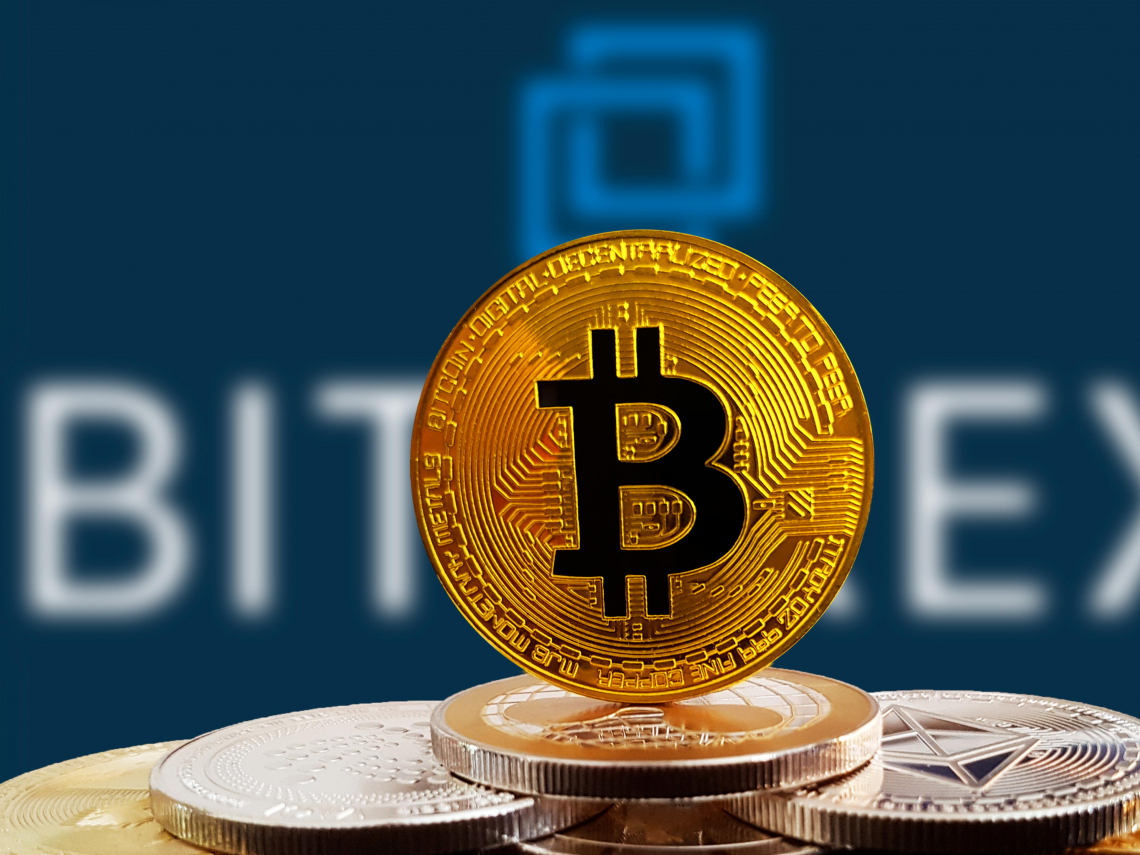In recent years, the way we consume television content has evolved dramatically. One of the most notable advancements in this area is IPTV, or Internet Protocol Television. meilleur iptv represents a significant shift from traditional cable and satellite TV systems, offering a more flexible and personalized approach to entertainment. This article will dive into the world of IPTV, explaining what it is, how it works, its advantages, and why it’s quickly becoming the preferred method of television consumption.
What is IPTV?
IPTV stands for Internet Protocol Television, which uses the internet to deliver television content rather than the traditional satellite or cable methods. The key difference between IPTV and traditional TV is that IPTV streams media content using the internet protocol (IP), which is the same method that allows data to be transmitted across the internet.
With IPTV, users can watch live TV, on-demand videos, and even recorded shows over their internet connection, bypassing the limitations of conventional broadcasting systems. IPTV service providers offer a wide array of content, including local, regional, and international channels, catering to diverse audiences around the world.
How Does IPTV Work?
IPTV operates through a process where television content is transmitted through an internet connection using IP networks. Here’s a simple breakdown of how it works:
- Content Acquisition: IPTV providers acquire content from broadcasters, studios, or other sources.
- Encoding and Compression: The content is then encoded and compressed to optimize it for online streaming. This ensures smooth delivery even with varying internet speeds.
- Transmission: The compressed data is sent through the internet or private networks to the end user’s device.
- Decoding and Playback: The user’s device (such as a smart TV, computer, tablet, or set-top box) decodes the content and plays it back in real-time, allowing for live or on-demand viewing.
This differs from traditional TV methods, where content is broadcast over airwaves or via satellite signals to specific devices.
Types of IPTV Services
There are three main types of IPTV services:
- Live TV: This is the most similar to traditional television, where you can watch broadcasts in real-time. Live IPTV services often include popular channels, sports events, news, and entertainment programs.
- Video on Demand (VOD): This service allows users to choose content from a library of movies, shows, and documentaries to watch at any time. VOD platforms often offer a vast selection, giving users the flexibility to choose what they want to watch without being tied to a fixed schedule.
- Time-shifted TV: This service allows viewers to watch shows after they’ve aired. It offers the ability to pause, rewind, or fast-forward live content, giving users more control over their viewing experience.
Advantages of IPTV
- High-Quality Content: IPTV often delivers superior picture quality compared to traditional cable and satellite TV. This is due to advancements in streaming technology and higher data transmission rates that allow for HD and even 4K resolution.
- Wide Content Variety: IPTV providers offer a wide range of channels and on-demand content, from local broadcasts to international programming. This allows users to access content from around the world with a single subscription.
- Personalization: IPTV services frequently offer personalized features like recommendations based on viewing history, customizable channel packages, and even multi-screen access. Whether you’re watching on your phone, tablet, or TV, IPTV allows flexibility in how and where you view content.
- Cost-Effective: For many users, IPTV can be more cost-effective than traditional cable or satellite services. Since it operates through the internet, there’s no need for the complex infrastructure that satellite or cable TV requires, which helps reduce costs for the end-user.
- Interactive Features: Many IPTV services provide interactive features such as live chats, social media integration, and access to apps. These features allow users to engage with the content in a more interactive and immersive way, enhancing their overall viewing experience.
- Accessibility: IPTV can be accessed on various devices, including smart TVs, smartphones, tablets, and computers, making it highly versatile. Users can also watch content on multiple screens at once, allowing for a more convenient and flexible viewing experience.
IPTV vs. Traditional TV
While traditional TV systems rely on coaxial cables or satellite dishes to deliver content, IPTV uses internet connections, which has several advantages:
- Internet Connectivity: With IPTV, your internet connection is the only requirement to access the content, whereas traditional TV requires dedicated infrastructure like antennas, dishes, or cables.
- On-Demand Access: IPTV allows viewers to watch content whenever they want, whereas traditional TV is bound to a fixed programming schedule.
- Flexible Delivery: IPTV allows users to access content on various devices, from TV screens to smartphones. Traditional TV, on the other hand, is typically limited to one device.
Despite these advantages, traditional TV services still have a stronghold due to their widespread availability, but IPTV is steadily gaining ground due to its enhanced user experience.
Challenges of IPTV
Despite the numerous benefits, IPTV does come with a few challenges:
- Internet Speed Requirements: Since IPTV relies on internet connections, it requires a fast and stable internet connection to deliver content without buffering or interruptions. Users with slower internet speeds may experience issues with streaming quality.
- Regional Restrictions: Some IPTV content may be geo-restricted, meaning certain shows or channels may only be available in specific regions. This can be a limitation for viewers in other parts of the world who want access to specific international content.
- Service Reliability: IPTV services depend on third-party providers and internet infrastructure, which can sometimes lead to service interruptions. This is especially true if there are issues with the user’s internet connection or the IPTV provider’s servers.
The Future of IPTV
The future of IPTV looks promising as technology continues to evolve. With the rise of 5G networks, which offer faster speeds and lower latency, the quality of IPTV streaming will only improve, making it more accessible and convenient for users worldwide.
Additionally, the integration of artificial intelligence (AI) and machine learning algorithms will enhance personalized content recommendations, helping users find content they’re likely to enjoy with ease. As smart TVs and other connected devices become more prevalent, IPTV is set to become even more mainstream.
In conclusion, IPTV represents the future of television, offering unparalleled flexibility, content variety, and interactivity. While it may face some challenges, its advantages make it an increasingly attractive option for consumers seeking a better, more personalized entertainment experience. Whether you’re looking for live TV, on-demand content, or an entirely interactive experience, IPTV is likely to be the next big thing in television consumption.


